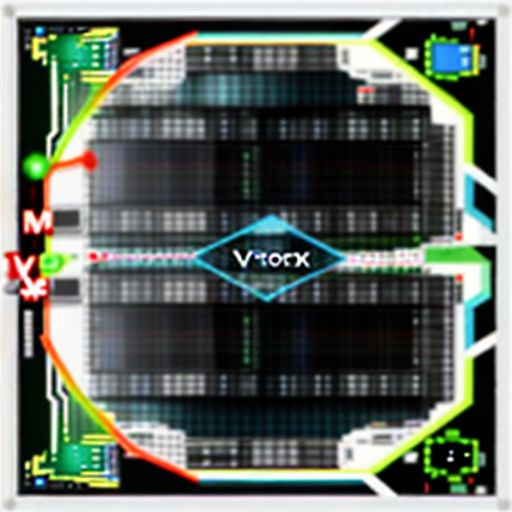Understanding the Backbone of Cloud Computing: The Hypervisor
Imagine a magician, effortlessly juggling multiple shows on a single stage, each running independently without a hitch. This magical feat is similar to what a hypervisor achieves in the world of cloud computing. It’s the invisible force powering those scalable and flexible cloud services we all rely on.
What is a Hypervisor In Cloud Computing?
In the simplest terms, a hypervisor, also known as a virtual machine monitor (VMM), is a software layer that sits between the physical hardware of a server and the operating systems (OS) running on it. Think of it as a digital landlord, dividing a large house (the physical server) into multiple apartments (virtual machines), each occupied by a different tenant (operating system).
cloud.ieltssieutoc.com/wp-content/uploads/2024/07/cloud-computing-hypervisor-669758.jpg" alt="Cloud Computing Hypervisor" width="512" height="512">Cloud Computing Hypervisor
Why are Hypervisors Important?
Hypervisors are the bedrock of cloud computing, enabling the efficient use of hardware resources. Here’s why they are so crucial:
- Resource Optimization: By allowing multiple virtual machines to run on a single physical server, hypervisors maximize hardware utilization, reducing the need for physical servers and lowering costs.
- Scalability and Flexibility: Cloud providers can quickly create, deploy, and scale virtual machines on demand, providing users with the flexibility to adapt to changing needs.
- Isolation: Hypervisors create a secure barrier between virtual machines, ensuring that even if one VM is compromised, others remain protected.
- Disaster Recovery: With hypervisors, creating backups and migrating virtual machines to different physical servers becomes easier, enhancing disaster recovery capabilities.
Types of Hypervisors: Unpacking the Different Approaches
There are primarily two types of hypervisors, each with its own advantages and disadvantages:
1. Type 1 Hypervisor (Bare-Metal Hypervisor)
This type of hypervisor runs directly on the host’s physical hardware, like a thin, powerful layer managing all resources. Examples include VMware ESXi, Microsoft Hyper-V, and Citrix XenServer.
- Advantages: Known for their performance, efficiency, and security due to direct hardware access.
- Disadvantages: Can be more complex to manage and require dedicated hardware.
2. Type 2 Hypervisor (Hosted Hypervisor)
This hypervisor runs as an application on top of an existing operating system, much like any other software. Popular examples include Oracle VirtualBox, VMware Workstation, and Parallels Desktop.
- Advantages: Easier to install and manage, making them suitable for individual users and development environments.
- Disadvantages: Performance can be slower compared to Type 1 hypervisors as they rely on the host operating system for resource allocation.
Frequently Asked Questions about Hypervisors
Let’s dive into some common questions users have about hypervisors:
-
What is the difference between a hypervisor and a container? While both technologies offer virtualization, containers share the host operating system’s kernel, making them lightweight but potentially less secure than hypervisors, which provide complete isolation.
-
How do I choose the right hypervisor for my needs? This depends on factors like your budget, technical expertise, performance requirements, and the level of security needed.
-
Is a hypervisor the same as a cloud? No, a hypervisor is a technology that enables cloud computing, but it’s not the cloud itself. Cloud platforms like AWS, Azure, and Google Cloud utilize hypervisors to power their services.
The Future of Hypervisors: Evolving with the Cloud
As cloud computing continues its rapid expansion, hypervisors are evolving to meet new challenges. Emerging technologies like nested virtualization and serverless computing are pushing the boundaries of what’s possible, promising even greater efficiency, flexibility, and scalability in the future.
In conclusion, hypervisors play an indispensable role in the world of cloud computing, silently orchestrating the efficient allocation of resources and powering the applications and services we use daily. As technology advances, hypervisors will continue to adapt and innovate, shaping the future of the cloud.
We encourage you to share your thoughts and questions in the comments below. Let’s continue exploring the exciting world of cloud computing together!
